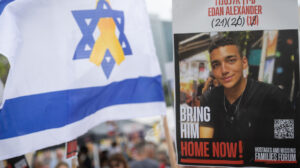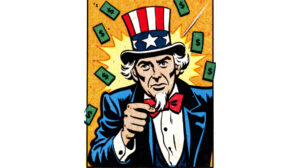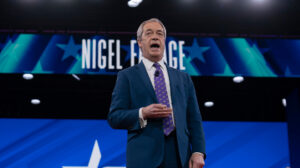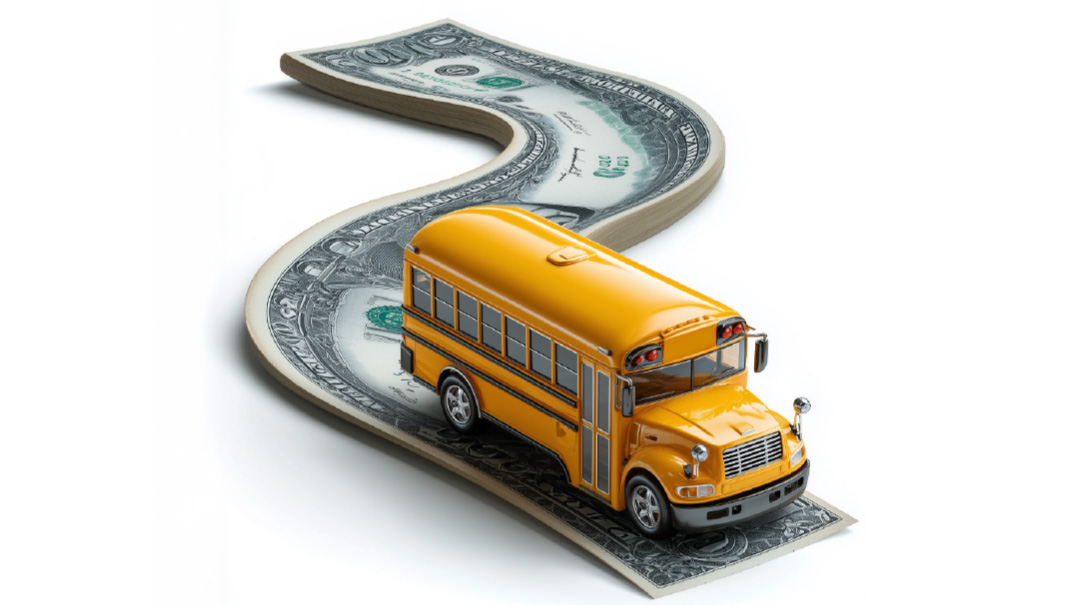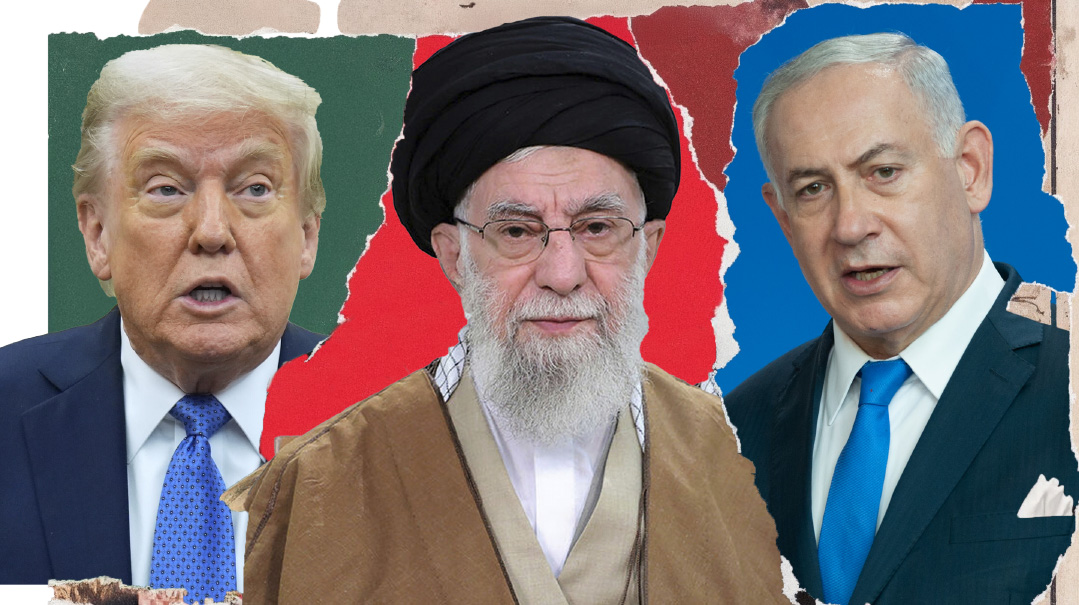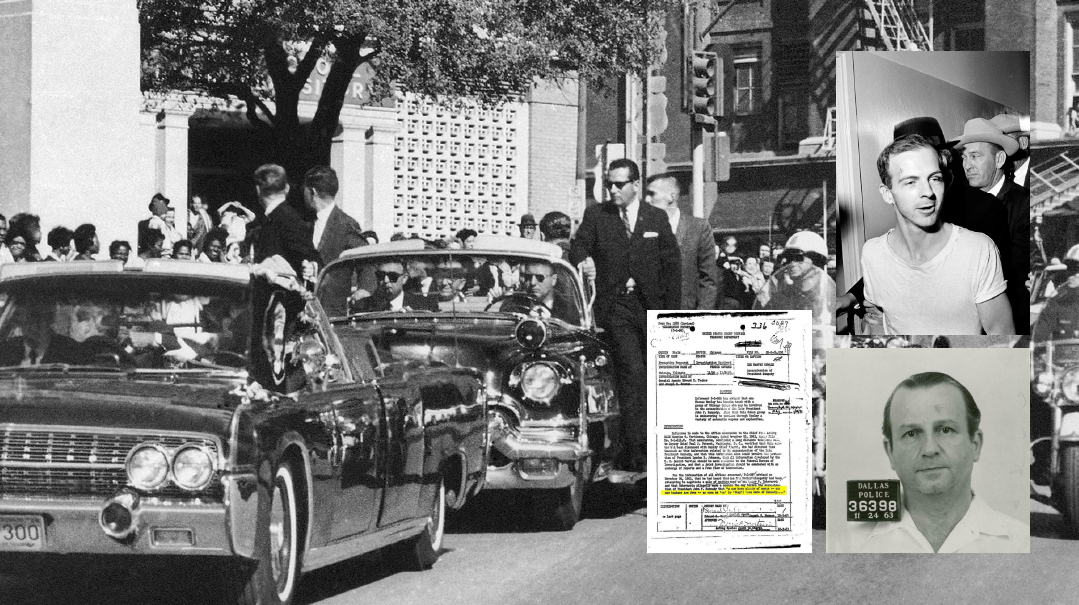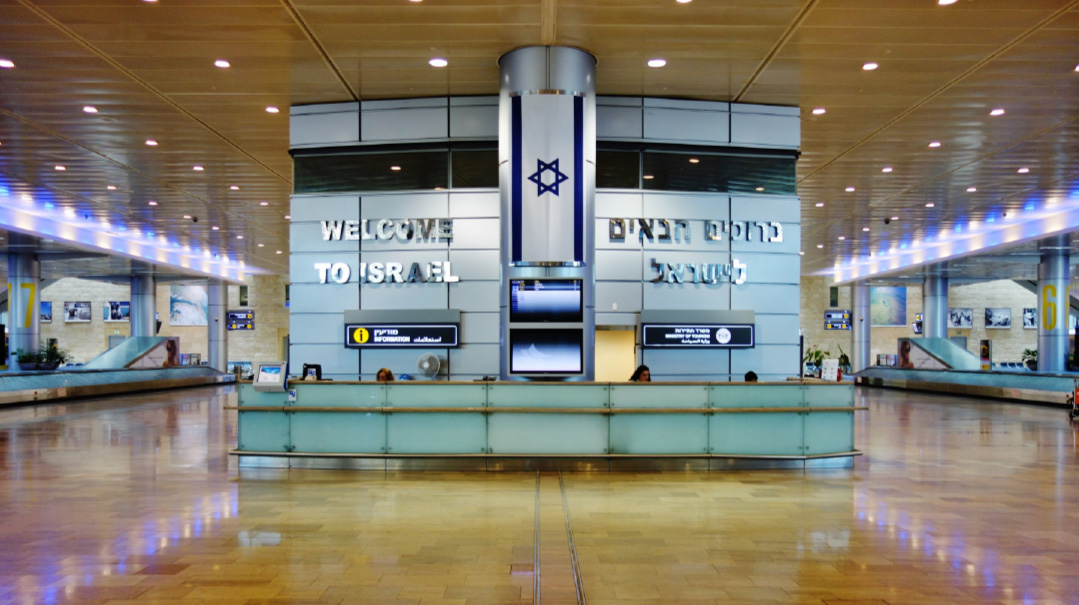New Justice in Town
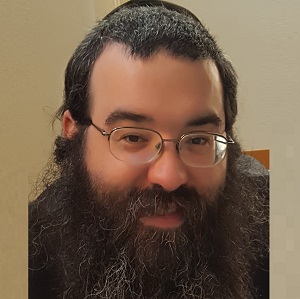
SCOTUS rules on shuls: Here's what comes next
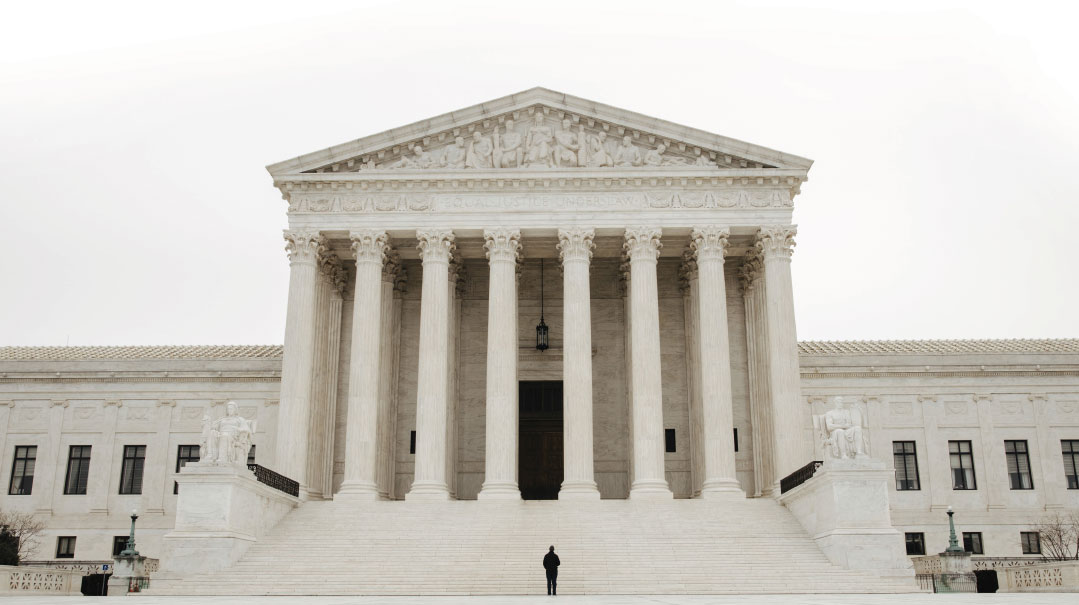
What a difference a new justice makes.
Just a few months after a 5-4 Supreme Court ruling that allowed governors to close houses of worship to halt the COVID-19 pandemic, a narrow majority on the nation’s highest court has now pulled in the reins. This time the Court overturned Governor Andrew Cuomo’s shuttering of shuls and churches in the red and orange containment zones his administration created.
The difference is that in the interim since the first ruling, Justice Ruth Bader Ginsberg, the dean of the court’s liberal wing, died and was replaced by Amy Coney Barrett, a dyed-in-the-wool conservative. It is the clearest shift in the Court’s ideological majority in three decades.
What Does the Ruling Say?
The Court’s ruling is quite simple — religious activity is considered essential. If a state government’s COVID restrictions make exceptions for essential services, they must include houses of worship in those exceptions. This was aimed squarely at New York governor Andrew Cuomo, whose exceptions for essential businesses included liquor stores and bike repair shops and completely exempted industry in orange zones. And while there were no restrictions on protests, prayer was shunted to the bottom of the priority list — houses of worship were limited to ten people in red zones and 25 in orange zones, regardless of their overall size.
The justices specifically cited Cuomo’s labeling of COVID as “an ultra-Orthodox Jewish problem.”
“Even if the Constitution has taken a holiday during this pandemic,” wrote Justice Neil Gorsuch in a fiery concurring opinion, “it cannot become a sabbatical.”
The ruling was posted 15 minutes before midnight last Wednesday. While frum neighborhoods have mostly been reclassified from the red and orange zones — which is why two justices, John Roberts and Stephen Breyer, dissented — the ruling states that even one prayer forced to be conducted without a minyan constitutes religious discrimination, and warrants the Court’s emergency injunction.
A Groundbreaking Ruling
The ruling broke ground for three reasons, says Michael Helfand, a law professor and associate dean at Pepperdine University’s Caruso School of Law and a visiting professor at Yale Law School.
- The ruling’s emergency injunction stops an order that had already expired.
- It comes just a few weeks before a lower court is scheduled to hear the case.
- Six of the nine justices wrote opinions, unusually verbose for an injunction.
“There is far more ink spilled on this one this usual,” Helfand says, speculating that there is an undercurrent building up in the court on this issue. “One gets the feeling that everyone’s views on the topic kind of erupted, given the new lineup on the court.”
He suggests that the Court’s five conservatives appear eager to rein in how states’ COVID regulations. “They seem concerned about broad government overreach during the pandemic.”
Cuomo Reacts: Meh
Those expecting a mea culpa from Cuomo, or at least an admission that “we got a thumpin’ at the court,” were, unsurprisingly, disappointed. He cast the ruling as partisan — not mentioning the I-word (illegitimate) as other liberals did, but he came close.
The governor waited until the end of his Thursday press briefing to make “one other point.”
“I think,” he said, “that the Supreme Court ruling on the religious gatherings is more illustrative of the Supreme Court than anything else.... I think this was really just an opportunity for the Court to express its philosophy and politics.”
Court Fault Lines Become Clear
Deliberations among the nine Supreme Court justices usually stay behind closed doors — but with this ruling laid bare some fault lines.
Justice Neil Gorsuch, President Trump’s first addition to the Court, delivered a blistering attack on the opinion Chief Justice John Roberts issued on a Nevada case several months ago that governors should not be second-guessed during a pandemic. That opinion has chilled the judiciary, with courts at all levels citing Roberts in deferring to governments’ handling of COVID.
“Why have some mistaken this Court’s modest decision... for a towering authority that overshadows the Constitution during a pandemic?” Gorsuch wondered acerbically. “In the end, I can only surmise that much of the answer lies in a particular judicial impulse to stay out of the way in times of crisis. But if that impulse may be understandable or even admirable in other circumstances, we may not shelter in place when the Constitution is under attack. Things never go well when we do.”
Roberts responded mildly, but clarified that his original opinion was not meant to serve as a precedent, Helfand says.
“I think that Gorsuch pushed Roberts to clarify it, and I think that itself will have massive implications going forward,” Helfand says. “They obviously have very different views of what Roberts’s original opinion meant, and I think Gorsuch very clearly wanted to make the point that Roberts’s opinion had a very significant impact on how lower courts decided things and really dictated the terms of legal debate. And I would say that Roberts clarified that he didn’t intend to go quite as far some of the lower courts had taken him to.”
But Helfand says that the sniping was not indicative of any rupture in the court. “The justices going back and forth has been part of the court for quite a number of years now,” he notes.
Why Did Roberts Oppose?
Since Roberts ascended to the nation’s highest judicial post in 2006, the Roberts court has been defined by a hesitation — cowardice, conservatives would say — to intervene in hot-button political issues. Roberts contrived legal reasoning to uphold Obamacare in 2012, and is generally no longer considered to be on the court’s conservative wing.
Is his dissent in this ruling more of the same? Helfand does not think so.
“Chief Justice Roberts has been concerned for some time about the court getting involved in issuing emergency relief,” Helfand says. “You can imagine some of the reasons why — I think he’s concerned about the court looking increasingly political during a politicized time. But I think he is also concerned about the Supreme Court’s docket. If the Supreme Court becomes the address for emergency relief for every COVID case, it would overwhelm the court.
“Those concerns only carry the day when he provides the fifth vote, though,” he adds. “With Justice Barrett on the Court now, there are five justices who really want to speak to the religious liberty principle.”
ACB’s Debut
As soon as the ruling appeared on the court’s website, SCOTUS watchers immediately latched onto the straightforwardness and snark-free language of the opinion. That appears to rule out the other conservative justices, making the identity of the author likely the newest justice, Amy Coney Barrett.
Five justices signed on to the opinion. Two of them, Gorsuch and Brett Kavanaugh, wrote their own separate opinions, while Samuel Alito and Clarence Thomas are known for their colorful writing and sarcastic broadsides. This is a plainly written opinion, laying down the three requirements for the court to get involved, explaining how the complainants met them, and issuing the injunction.
“From a quick read of the opinion,” tweeted Steven Mazio, a law professor and author of a book on the Supreme Court, “I get ACB vibes from the prose. It isn’t prolix like a Thomas opinion. It lacks all snark, which disqualifies it as an Alito opinion. It is straightforward, clear, sober, assertive — matching Barrett’s style from her writings on the 7th circuit.”
Barrett, known as ACB by her fans, is a 49-year-old jurist who has been on the top of conservatives’ list for the high court since Trump won in 2016. She reportedly cites late conservative hero Antonin Scalia as her mentor.
Impact on Yeshivos
As soon as the Supreme Court ruling was publicized, yeshivah advocates began strategizing how it could best be put to use for their cause in New York state. The Board of Regents is about to release regulations for private schools that mandate a certain amount of hours for secular studies and assert a greater say over their curriculum, and askanim are looking for all available legal tools to fight them.
Helfand was pessimistic that a line could be drawn from one to the other.
“I think that’s unlikely,” he said. “The litigation around COVID is unique, because of the way you are dealing with regulations that have a specific category for houses of worship, and government is treating different kinds of industry differently in terms of necessity.”
What’s Next?
Firstly, the City of New York will interpret the ruling as allowing up to 50 percent capacity, I’m told. That is within what Jewish groups have been asking for.
Secondly, the Second Circuit Court of Appeals strikes next, with a hearing on this same case scheduled for the middle of December. The Circuit Court declined to provide an emergency injunction — but the Supreme Court just granted one, so that point is moot.
Lower courts may rule either way, Helfand says, but they now “take the risk of being overturned” if they veer too far against religious freedom. And if Cuomo were to bring back his zone-ology, John Roberts and Steven Breyer — the two justices who dissented from the ruling on the grounds that the expiration of the zones made the issue moot — — would vote against him.
Helfand suggests that if Cuomo brings back the zones, he will likely modify the regulations to adapt to the ruling .
Also, the Nevada case that Roberts wrote the majority opinion for six months ago is winding its way back to the Supreme Court docket. The same church that was denied an injunction to overturn a 50-person limit by Nevada’s governor in July wants the new court, with Barrett on the bench, to take a second look.
(Originally featured in Mishpacha, Issue 838)
Oops! We could not locate your form.


